Quick search
CTRL+K
Quick search
CTRL+K
Billy Morgan
As a pet owner, ensuring the safety of your furry friends is a top priority. However, many common household items can be surprisingly dangerous for pets. From the kitchen pantry to the laundry room, hidden hazards can pose serious health risks to our animal companions. In this blog post, we’ll uncover some of the most common household items that you should keep out of reach to ensure your pets stay safe and healthy.
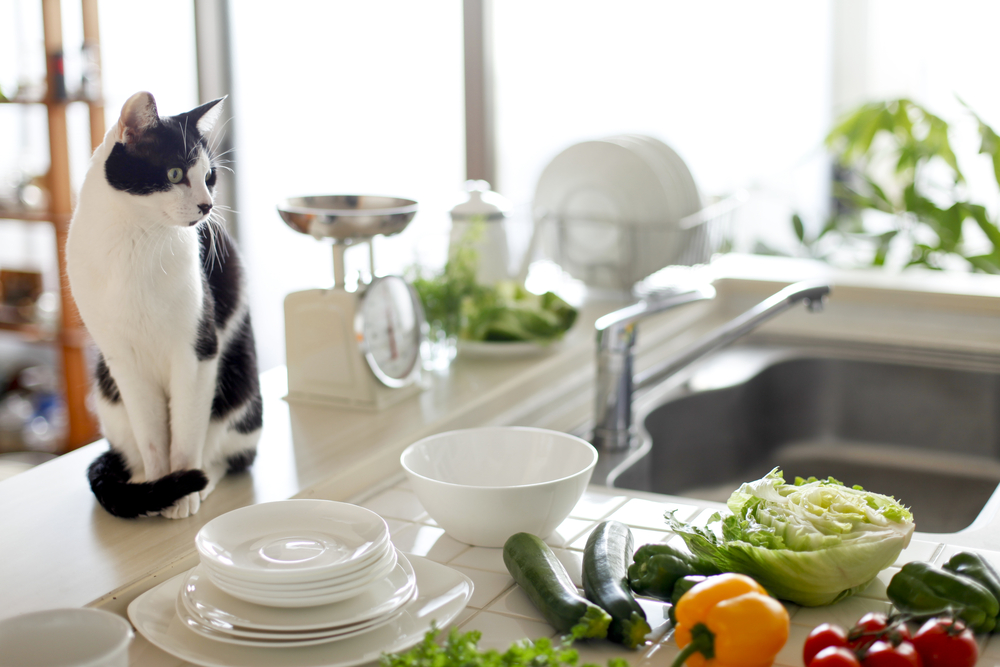
Perhaps the most well-known toxic food for pets, chocolate contains theobromine and caffeine, both of which can be harmful to animals. Even small amounts can cause symptoms like vomiting, diarrhea, rapid breathing, and increased heart rate.
Found in many sugar-free products such as gum, candy, and some peanut butters, xylitol is extremely dangerous for pets. It can cause a sudden drop in blood sugar and lead to liver failure.
Although the exact toxin is unknown, grapes and raisins have been linked to kidney failure in dogs. It’s best to keep these fruits well out of your pet’s reach.
These common kitchen ingredients can destroy a pet’s red blood cells, leading to anemia. This is true for all forms, raw, cooked, or even powder.
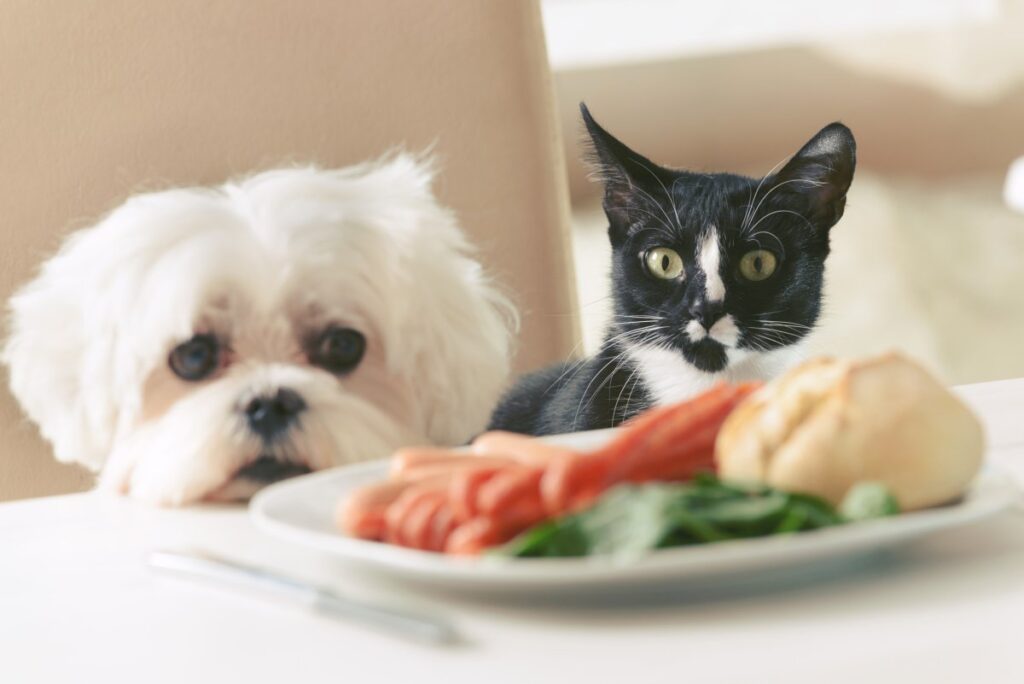
Many cleaning products contain chemicals that are hazardous to pets. Exposure can lead to chemical burns, respiratory problems, and gastrointestinal upset. Always store cleaning agents in secured cabinets.
Containing ethylene glycol, antifreeze has a sweet taste that can attract pets. However, it’s highly toxic and consuming even a small amount can lead to kidney failure and death. Opt for pet-safe antifreeze products as a safer alternative.
Rodenticides are designed to kill mice and rats, but they can also be fatal to pets if ingested. If you must use these products, do so with extreme caution and store them where pets cannot access them.
Human medications like ibuprofen and acetaminophen are dangerous to pets and can cause severe liver damage and other serious health issues. Always keep medications in cabinets out of your pet’s reach.
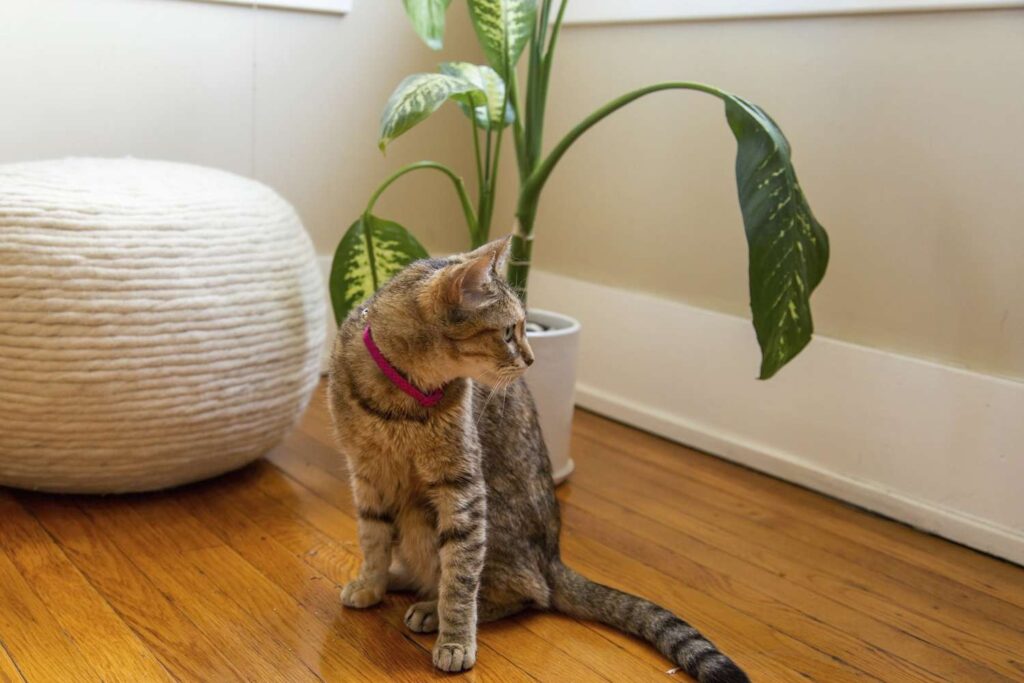
Many popular houseplants, such as lilies, sago palms, and poinsettias, are dangerous to pets. Symptoms of poisoning can include vomiting, diarrhea, and even organ failure.
Used in diffusers and as air fresheners, some essential oils and potpourris can be dangerous to pets. Oils like eucalyptus, tea tree, and ylang-ylang can cause respiratory distress and other health issues.
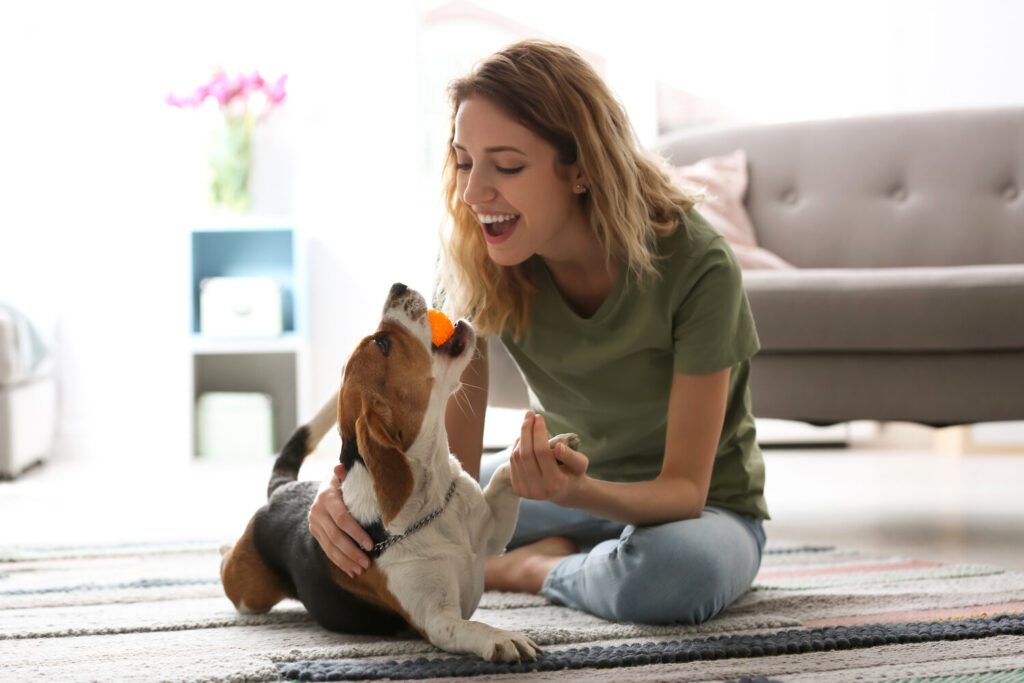
While flea and tick treatments are important for your pet’s health, incorrect usage or products intended for dogs can be fatal to cats and vice versa. Always follow the application instructions carefully.
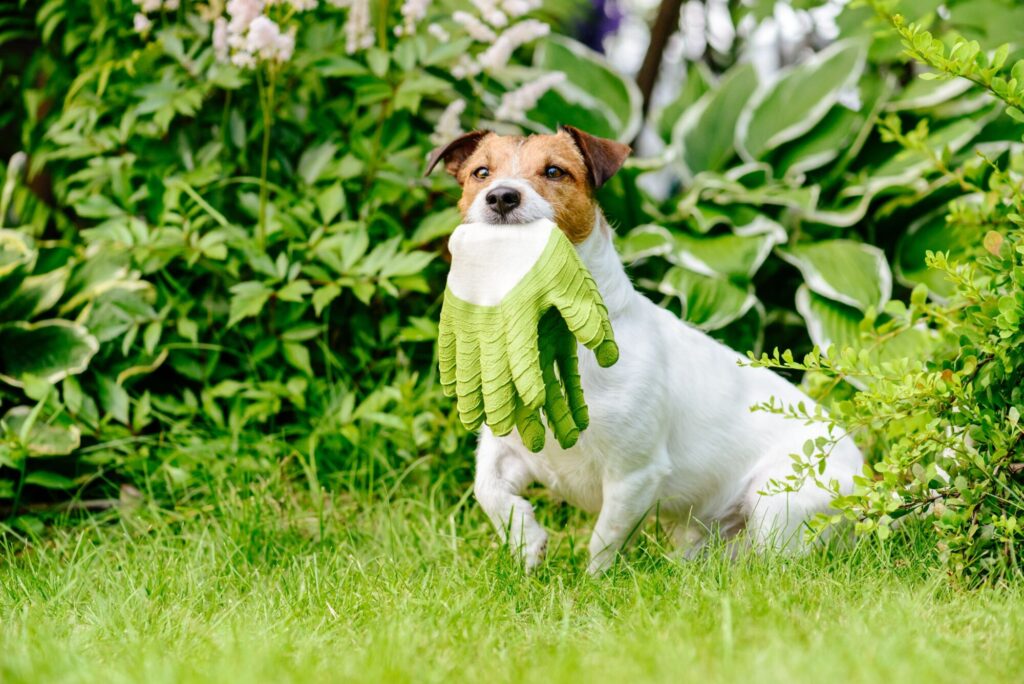
Many products used to maintain lawns and gardens contain chemicals that can be harmful to pets if ingested or even walked upon. Ingredients such as herbicides and fungicides can cause severe gastrointestinal distress, and in worse cases, lead to nerve damage or death. Always store these products in secure areas and keep pets off treated lawns for the recommended time period.
Commonly used in landscaping, cocoa mulch is made from cocoa shells and can be as toxic as chocolate to pets due to the theobromine content. The enticing smell can lure pets to eat it, leading to similar symptoms as chocolate poisoning. Opt for pet-safe mulch options instead.
Composting is a great way to recycle kitchen waste, but compost piles can be dangerous for pets. As organic material decomposes, it can produce molds that produce mycotoxins harmful to pets. Keep compost bins closed and inaccessible to curious noses.
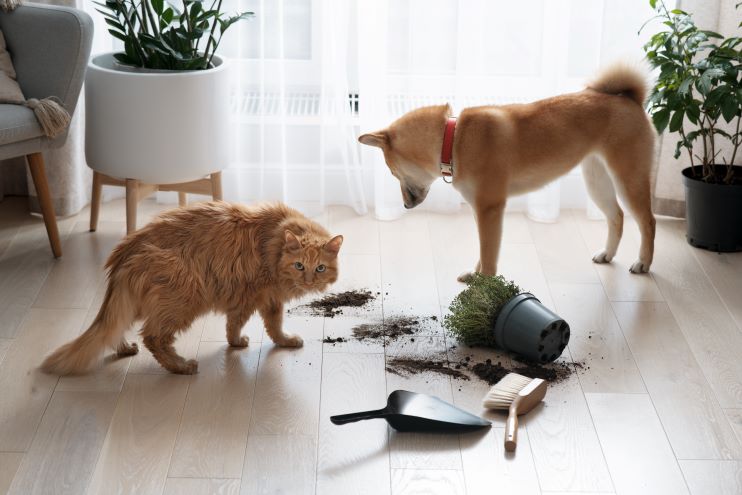
Batteries, especially small, coin-sized ones, can be easily swallowed by pets, leading to choking or chemical burns from battery acid. Ensure that all batteries are securely stored away, and used batteries are disposed of where pets cannot reach them.
Small household items like children’s toys, buttons, and jewelry can pose choking hazards to pets. These items can be intriguing to pets, especially cats and dogs who explore the world with their mouths. Keep small objects out of reach and supervise your pets during play.
Certain types of coins, particularly those containing zinc like pennies, can be toxic if swallowed. Zinc poisoning can lead to severe anemia and liver or kidney damage. Always ensure coins are stored in a secure place, away from pets.
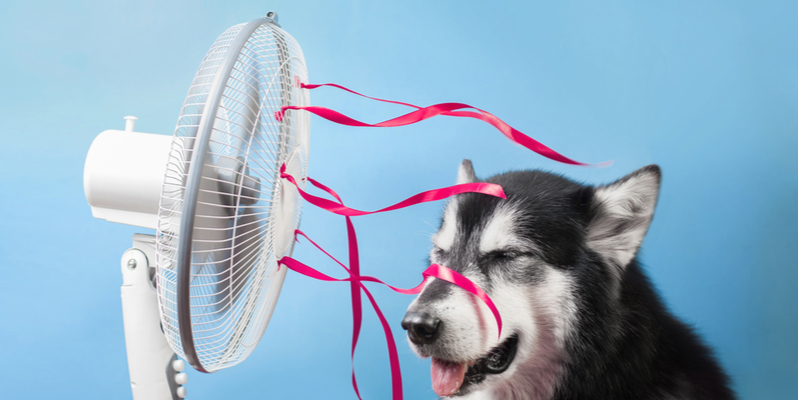
Pets, particularly puppies and kittens, might chew on electrical cords, which can lead to electric shock or burns. Use cord protectors or cover cords with rugs and keep them out of sight to prevent accidents.
Pets are often drawn to warmth, making open fires, space heaters, and radiators potential hazards. Pets can suffer from burns or even start a fire by knocking over a heating element. Always supervise pets around these heat sources and use protective barriers.
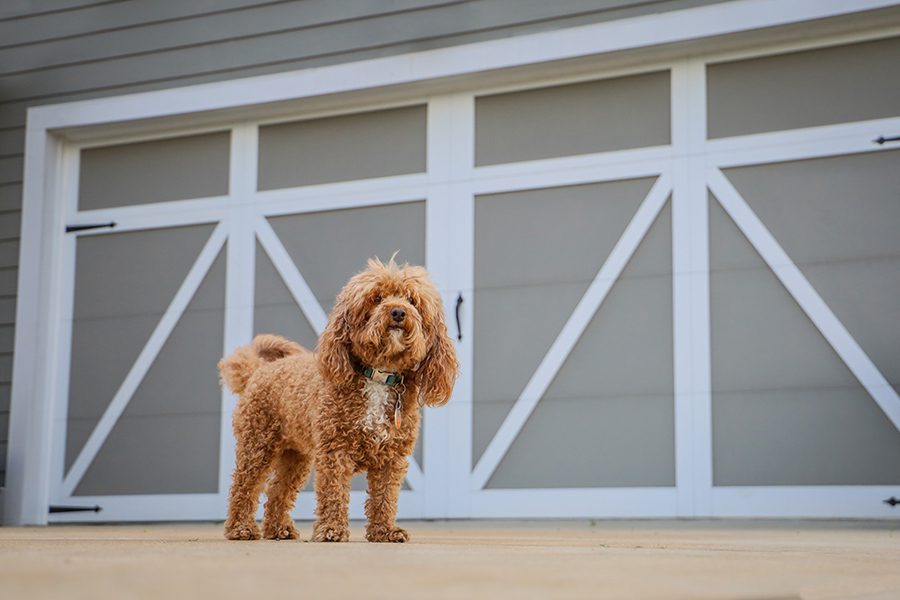
Like many other chemicals, paints, thinners, and solvents are toxic to pets and can cause chemical burns or respiratory distress if inhaled. Store all such materials in tightly sealed containers in an area inaccessible to pets.
Power tools and machinery can be intriguing to pets but pose serious risks if operated near them. Always keep pets out of the area when using power tools and store all equipment safely away after use.
By being aware of these common household hazards and taking preventative measures, you can significantly reduce the risk of your pet getting sick. Here are some additional tips:
Read Also : Factors to Consider When Choosing Your Pet
Maintaining a pet-safe environment requires ongoing vigilance and awareness of the risks posed by everyday items. By understanding these risks and taking proactive steps to mitigate them, you can create a safer space for your pets and peace of mind for yourself. Remember, the best way to protect your pets is through prevention and preparedness. Every pet deserves a safe place to call home, and with these guidelines, you’re well on your way to providing just that.
© All rights reserved. Made in Canada